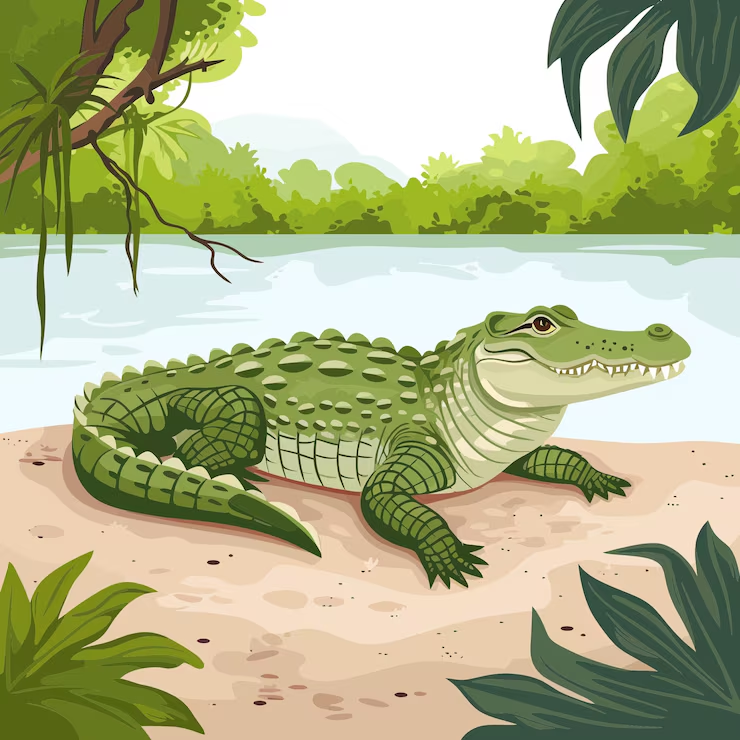Tutor: Okay, Terence. Now, I've looked through your preliminary outline and notes for the presentation on the art of the Ife region in Africa. That's in Nigeria, right?
Terence: Yes. I'm concentrating on Ife sculptures from the 12th to the 15th century.
Tutor: How did you get interested in that? I know there have been some recent articles in the journals about African sculpture.
Terence: 1Well, I've read most of those now, but initially I got my introduction to this at a special display at the City Museum a few years ago. I just happened to be there and saw these works and thought they were fantastic. And I even went to Nigeria last summer to see more of them.
Tutor: I've seen the photos for your presentation and 2I must say the sculptures are gorgeous portrayals of what appear to be kings and queens.
Terence: 2Yes, I decided to concentrate on those as they're the most typical. They're interesting because they're so naturalistic. Unlike the abstract figures we often associate with African art. There's also a lovely sculpture of a mudfish and one of the scaly crocodile, but I didn't get very good pictures of those, so I won't spend long on them.
Tutor: Right. So what was the city of Ife like when these works were made? It's on the Niger River, isn't it?
Terence: Yeah. The boat traffic's what made it a centre of commerce then, as it still is today, but nowadays it's better known as the home of a big university.
Tutor: Speaking of modern day Ife,... tell me about your trip.
Terence: I was incredibly lucky to be able to get enough money to go. My parents encouraged me, but they couldn't afford to send me. 3I applied for a grant from the Arts Council and in the end I got it. I also wrote a series of articles about my trip for the local newspaper, but I didn't get any money for that. I was just pleased to get them published.
Tutor: And the highlight of the trip?
Terence: 4That had to be meeting a professor working on the site in Ife, who had been a young boy when they first discovered the sculptures by accident at a building site in 1938. He had been working at the site. Of course, I also got to talk to lots of artists who are working there today, and I got to try my hand at making a little sculpture myself.
Tutor: Well, let's see what... What you might do to improve what you're planning for your presentation.
Terence: 6About the sculptures themselves, I think I need to add as much as possible about the details of the way they were made. Of course, I can't add anything about the artists who made them, because nobody really knows anything about them.
Tutor: All good points. And you've certainly said enough about what the sculptures depict, what the subjects are. That's well covered. 5But I'd make some bigger photos, of them, so you can clearly see the fine detail.
Terence: OK.
Tutor: And I would limit my personal reactions to these works of art if I were you. I know you think they're fantastic.
Terence: You're right. I'll contain my enthusiasm. What about the section of the presentation which I call history? 7I'd like to go into more depth about the history of that whole area, you know, in the countries around Nigeria.
Tutor: 7That would make the presentation stronger. But I think you've covered the situation regarding the rulers of the country quite well, and you've got plenty already about what the Ife people were doing then, and the way their society was structured. And in fact, I think you could cut out the bit about modern Nigerian history, because it's not relevant.
Terence: I agree. That doesn't fit. 8But perhaps I should concentrate more on the religious beliefs, since all these sculptures do seem to have some kind of religious association.
Tutor: Good. I can lend you a book on that. Now, probably the part the class will find most interesting is the report of your trip to Nigeria and the research you did there.
Tutor: So I gather you managed to use the university library in Ife?
Terence: Yes. As soon as I'd explained why I wanted the information, that was no problem. They couldn't have been more helpful. 10There were some interesting accounts of how the first sculptures were found, and what happened to them, which I want to include. What struck me when I saw the sculptures in Nigeria is the extent to which 20th century European artists were influenced by them. But that's beyond the scope of my presentation, I think.
Tutor: Yes. What about the sources of the materials they used? You don't mention that anywhere.
Terence: I didn't manage to find out much about that. 9I want to cover the theories about who the original sculptors were, though.
Tutor: 9Yes. The idea that a lot of them may have been made by the same person. That's very interesting.
Terence: It is, isn't it? Right. Well, thanks for all the advice.
Tutor: Now I think I need to...

![[Forecast Q2-2025] - Biology lecture](https://static.helik.app/reading/8fd3d7d2-ccf9-47a3-8920-2e7a3b0d6607)
![[Forecast Q2-2025] - Living in the City](https://static.helik.app/reading/1a60bcf3-f3a7-4e9b-97a2-94d156a0de3b)
![[Forecast Q2-2025] - Student Union](https://static.helik.app/reading/fb443123-8c1d-447e-8c79-5a01650f4754)
![[Forecast Q2-2025] - Fruit-picking Job in an Orchard](https://static.helik.app/reading/e1968346-6c55-44ae-b8d3-f6a4fb7207b9)
![[Forecast Q2-2025] - University Crime Prevention](https://static.helik.app/reading/bdda593e-16d6-4c72-8a12-b116e917b27c)
![[Forecast Q2-2025] - Business Course](https://static.helik.app/reading/3308e282-99a6-4bcb-9d22-0b488701d968)
![[C20T1] - Choosing a restaurant](https://static.helik.app/reading/e9b21123-c43c-42fb-88b7-5d0be3a37e03)
